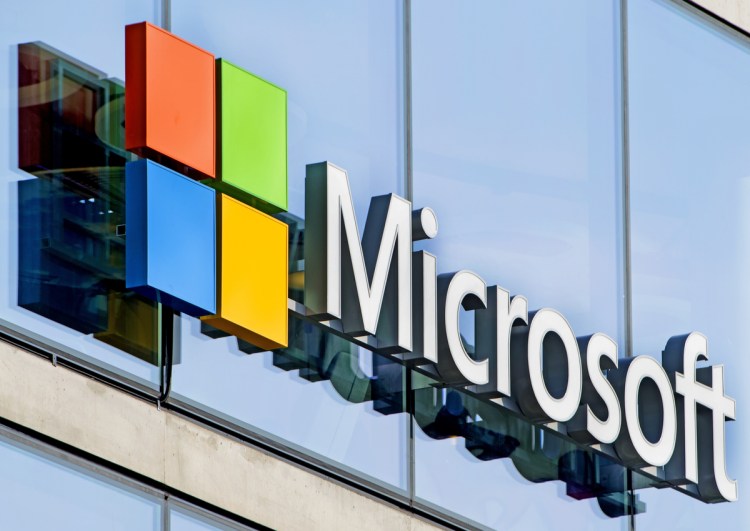Watch all the Transform 2020 sessions on-demand here.
In recent years, the robotics industry has experienced outsized growth. It’s expected to be worth almost $500 billion by 2025, and judging by recent funding rounds, investors are optimistic about the future. Warehouse robotics company GreyOrange raised $140 million for its platform in early September; in June, Bossa Nova scooped up $29 million in July for its store inventory robots and Starship Technologies secured $25 million for its fleet of automated delivery carts.
One thing many of those startups’ machines share in common is Robot Operating System (ROS), open source robotics middleware originated by Willow Garage and Stanford’s Artificial Intelligence Laboratory that provides low-level device control, hardware abstraction, and other useful services. Previously, ROS was experimentally supported on Windows by the community. (As of September 2018, Core ROS had been ported to Windows.) But today, Microsoft debuted an official — albeit “experimental” — build for Windows 10.
The news was timed to coincide with ROSCon 2018 in Madrid, Spain.
“People have always been fascinated by robots. Today, advanced robots are complementing our lives, both at work and at home,” Lou Amadio, principal software engineer for Windows IoT, wrote in a blog post. “As robots have advanced, so have the development tools. We see robotics with artificial intelligence as universally accessible technology to augment human abilities … [and] this development will bring the manageability and security of Windows 10 IoT Enterprise to the innovative ROS ecosystem.”
June 5th: The AI Audit in NYC
Join us next week in NYC to engage with top executive leaders, delving into strategies for auditing AI models to ensure fairness, optimal performance, and ethical compliance across diverse organizations. Secure your attendance for this exclusive invite-only event.
This first release of ROS on Windows, dubbed ROS1, integrates seamlessly with Visual Studio, Microsoft’s integrated development environment, and exposes features like hardware-accelerated Windows Machine Learning, computer vision, Azure Cognitive Services, and Azure IoT cloud services.
To demonstrate a few of its capabilities, the Seattle company’s devs fired up a ROBOTIS Turtlebot 3 running Windows 10 IoT Enterprise, ROS Melodic Morenia, and a ROS node that leverages hardware-accelerated Windows Machine Learning running on top of an Intel Coffee Lake NUC. Using computer vision, it could recognize and steer toward the person closest to it.
They also showed off a ROS simulation environment running in Azure that “[showed] a swarm of robots” in a virtual world, orchestrated and controlled via Azure IoT Hub.
Microsoft said that in addition to distributing Windows-optimized builds of ROS, it’s working with Open Robotics and the ROS Industrial Consortium to “extend the capabilities” of ROS to manufacturing and “improve the productivity and return on investment” of industrial robots.
“Warehouse robots have enabled next-day deliveries to online shoppers, and many pet owners rely on robotic vacuums to keep their floors clean,” Amadio wrote. “Industries seeing benefits from robots are as diverse as manufacturing, transportation, healthcare, and real estate.”
The files and documentation for ROS1 are available now, with ROS2 to come “shortly.”


